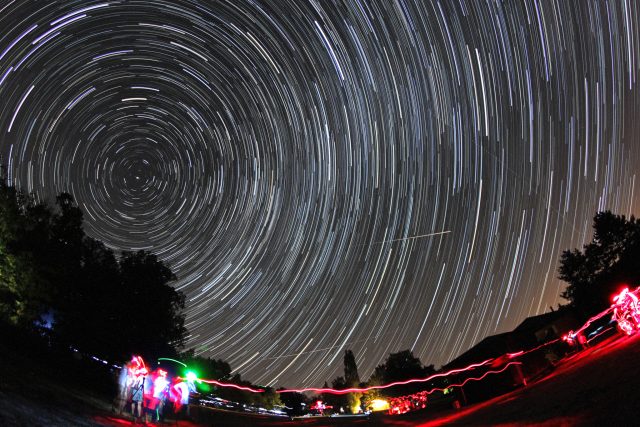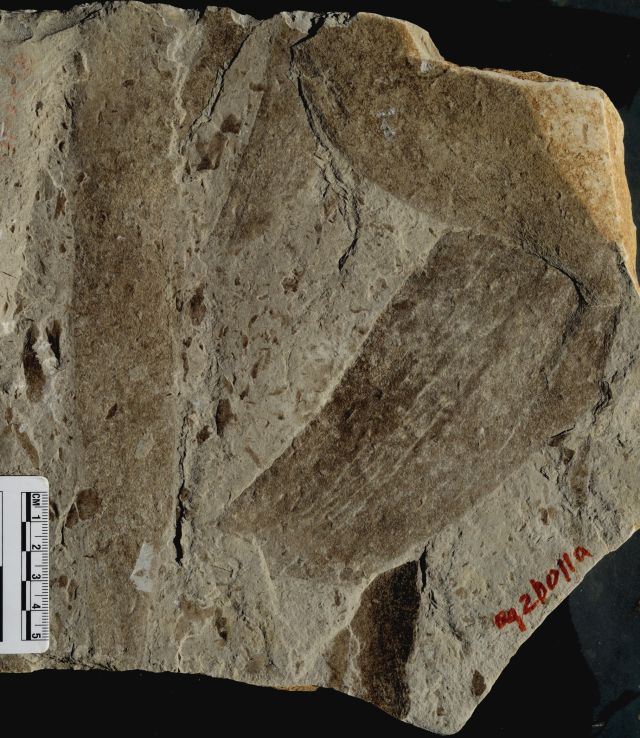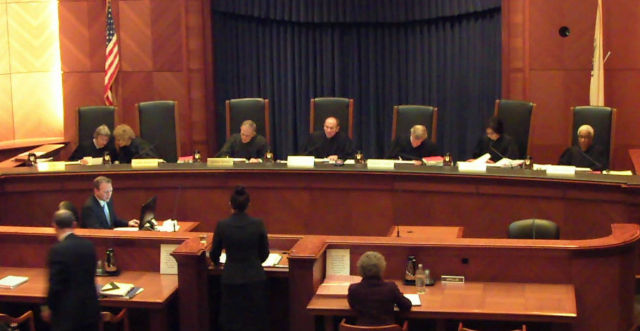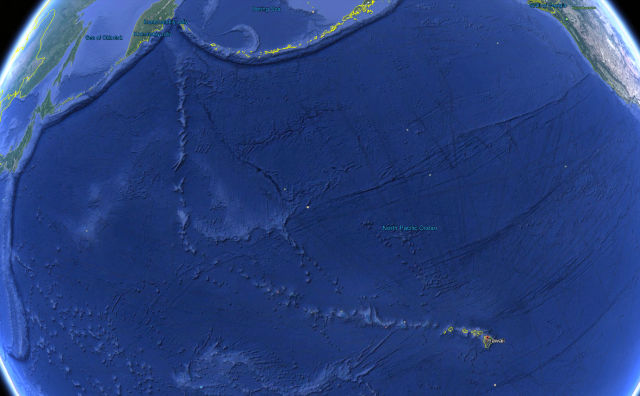
(credit: Adrien Hebert)
Want to set your time machine to catch a solar eclipse with a group of curious Mesopotamians in the year 700 BCE? It's not as simple as you think. You need to adjust for the subtle slowing of Earth’s rotation over time and know the history of sea level change—and even those bits of knowledge might not be able to get you there on time. That's the conclusion that a team led by Harvard’s Carling Hay reached when it looked at what the ancient astronomical record tells us about our planet's timekeeping.
Tidal forces caused by the gravitational pull of the Sun and Moon act like a brake on the spinning Earth, gradually increasing the length of the day. It takes a long time for this to add up to anything meaningful, but the Earth has been around a long time: 400 million years ago, each year contained 400 days. At the current rate, days are growing just a couple milliseconds longer per century, so it would take more than 3.5 million years to add a minute.
This is not the answer to your plea for more time in the day to tackle your workload.








